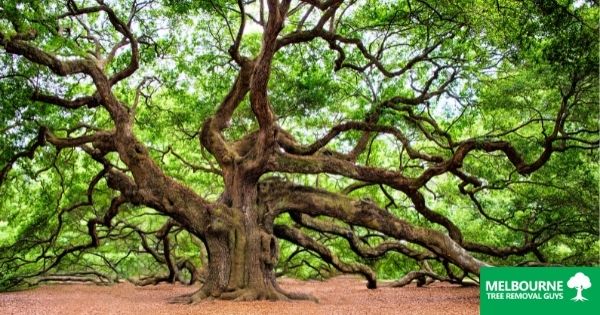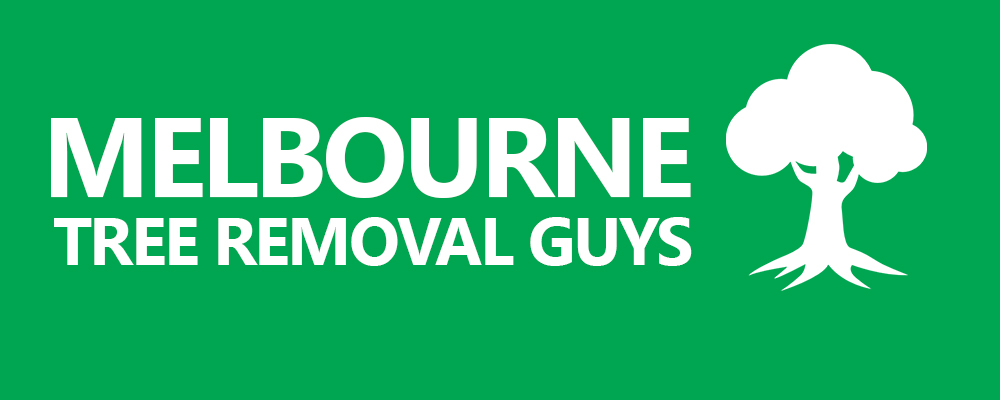Tree Surgery Terms – A Glossary
You may know that your trees need some attention, but might have no idea what needs doing or what to ask for… Rest assured that in your first consultation with us our expert tree surgeons will talk you through exactly what needs doing and what it all means in plain English. But if you want the confidence of understanding the key terminology before you speak to us, have a read through our guide below! If you’re still not sure, just get in touch and we will happily answer any questions you may have.
Adaptive Growth
This is where a tree increases growth in one area to compensate for forces acting against it. This is sometimes also known as reactive growth or reaction wood.
Arboriculture
Arboriculture is the science of understanding how trees grow and respond to their environment. Through this understanding, Arborists (often called ‘tree surgeons’) are trained to effectively care for and manage trees. This is usually referred to as ‘tree surgery’.
Arisings
Arisings refer to the debris caused by tree works, such as twigs and branches. You may also hear this referred to as branchwood, brushwood or brash.
Bracing
Bracing is where cable or rod ‘braces’ are installed to hold branches in place to protect the tree from damage related to weather or the weight of the foliage.
Branch Bark Ridge and Collar
This is the fork in the tree, where the main branches attach to the trunk. It is often a darker, thicker part of the branch.
Buttress Roots
Buttress roots are the large, wide roots you’ll see at the base of a tree trunk.
Callus
If a tree is properly pruned or otherwise ‘wounded’, it should develop callus tissue over the wound to protect it from disease. Woundwood then grows behind the callus to allow normal wood to continue forming.
Cavity
A cavity is a hole in a tree trunk, usually caused by decay as a result of damage or improper pruning.
Co-dominant Stems
This is where two stems of about the same size will grow from the same spot on the trunk and compete with each other. Often these stems are weaker and more likely to fail.
Compartmentalization of Decay
Compartmentalization of Decay in Trees (CODIT) is the natural process in which a tree will create a boundary around a wounded or decaying area, to protect the rest of the tree.
Conservation Area
A conservation area is an area a council is seeking to protect for architectural or historic reasons. Removing or carrying out work on trees in these areas will require special permission from the relevant Local Planning Authority (LPA). If you live in a conservation area, we will undertake all LPA applications on your behalf, free of charge, before starting any work.
Coppicing
A favoured woodland management technique, coppicing involves chopping certain species of trees down to the stump, which enables fresh growth which can be harvested.
Cordwood
Cordwood is a collection of timber which has been cut and sorted by size. The name comes from the cords that would have held the wood pile together.
Coronet Cut
A coronet cut is a specific form of pruning, designed to mimic natural branch tearing. This technique is mostly used in woodland settings.
Crown
The crown is the collection of branches and leaves that make up the tree’s foliage. Sometimes this is also referred to as the canopy.
Crown Clean
Crown cleaning is where we remove dead or dying branches from the crown, as well as remove any other unwanted or dangerous branches.
Crown Lifting
Crown lifting, also known as crown raising, is where we remove the lower branches of the tree, raising the bottom of the crown up to a uniform level (described in metres Above Ground Level – AGL). This can improve the light levels and views for the rest of the garden.

Crown Reduction
Crown reduction is a common process where we carefully prune the crown to reduce its size. This process is useful for reshaping misshapen trees, or reducing obstructions caused by a tree without removing it.

Crown Thinning
Crown thinning is where we remove smaller branches within the crown to reduce weight and improve light flow through the tree. It can also protect trees from high winds due to improved air flow through the crown.
Deadwood
Deadwood refers to dead branches or stems that remain attached to the tree. This is a normal occurrence but can lead to some safety concerns. We can help you identify when it is a problem and remove these branches if necessary.
Deciduous
Deciduous trees are trees which shed all of their leaves over Autumn in preparation for the winter months. This is in contrast to Evergreen trees which retain their leaves all year round.
Decline
Decline refers to the progressive deterioration of a tree’s health, which you might spot in discolouring of the leaves or other symptoms. Our experts can help you manage this decline by treating any underlying causes.
Dieback
Dieback is where the twigs and branches of a tree begin to die, often in response to poor conditions, physical injury or disease.
Dormant
Dormancy is like hibernation for trees; over the winter a tree might lose its leaves and look generally bare over winter months.
Drop Crotching
Drop crotching is a form of thinning, where we selectively prune branches back to a natural fork in the branch.
Epicormic Growth
This is new growth that emerges from buds in the trunk or main branches of the tree. These buds normally lie dormant unless provoked to grow in response to damage.
Felling
Felling is the process of removing a tree by cutting it at the base and carefully directing the tree to fall in a specific area.
Fertilising
Fertilising, as with many other plants, is the process of feeding the roots of a tree to encourage growth. If when we have examined a tree’s decline we identify a nutrient deficiency, fertilising may be one treatment we suggest.
Formative Pruning
Formative pruning is where a tree’s branches are pruned early in its development, to encourage the desired shape.
Fungal Fruiting Bodies
Fungal fruiting bodies will essentially look like mushrooms growing out of a part of your tree. These bodies tend to feed on dead or decaying wood and can therefore indicate the presence of other tree health issues.
Habit
A habit is the natural shape of a tree.
Hazard Beam
A hazard beam is a main tree branch which is curving upwards, leading to high internal pressures which can cause a hazard beam crack which runs up the middle of the branch.
Height Reduction
Height reduction is where upper branches are cut back until the tree reaches a desired overall height.
Leader
The leader is the dominant upright stem at the centre of a tree, which is usually the main trunk.
Lion Tailing
This is a poor pruning technique, where shoots along a branch are removed except for the foliage at the end of the branch. This can cause unnatural stress to be placed on the branch, potentially leading to the branch failing.
Lopping and Topping
Lopping and topping generally refers to the heavy-handed or poorly executed removal of tree branches. Unlike careful pruning, this process shows little regard for tree health and is therefore not to be recommended!
MEWP
MEWP stands for Mobile Elevated Work Platform, sometimes also referred to as a ‘cherry picker’. It is a platform sometimes used if climbing the tree is not safe or suitable.

Painting or Sealing
Painting or sealing refers to the process of artificially sealing a tree wound with a special paint or sealant. This process is not recommended as it can interfere with the tree’s natural wound healing.
Pollard
Pollarding is where a tree is pruned to a set height, usually to ensure that it does not outgrow its plot or obstruct views.

Pruning
Pruning is the term typically used to refer to cutting away unwanted or damaged parts of a tree or plant.
Retrenchment Pruning
Retrenchment is a natural process where higher branches of a tree begin to die back, stimulating new growth lower down. This natural process can be emulated with careful pruning of the tips of upper branches to encourage lower growth.
Root Pruning
Root pruning refers to cutting back tree roots, usually to allow for nearby construction works. Improper root pruning can damage a tree, so we can provide expert advice on the best approach.
Sail Area
This is the area of a tree that is affected by the wind.
Scaffold Branches
These are the main collection of branches in a crown that support the structure of the tree.
Section Felling
This is the process in which we remove a tree in sections, if it is not possible to fell the whole tree at once. The pieces either free-fall to the ground if there is space to do this safely, or if not they are rigged up and carefully lowered to the ground.
Stem
The stem is another name for the trunk of a tree.
Stump
This is the part of the tree which will be left after felling. Our arborists are trained in stump removal (or ‘grinding’) and have special equipment to undertake this work.
Veteran Tree
A veteran tree is one which, due to its size or age, is considered of exceptional cultural or natural value.
Vitality
Vitality is the health of the tree, measured through a range of properties including leaf health and new growth.
Whorl
A whorl is a collection of branches that all emerge from the same level on a stem.
Windblown
Windblown refers to a tree which has blown over in the wind.
Woodchip
This is where we process the branches and other material removed from a tree through a chipper, cutting this material into very small pieces. Woodchip can be used in a number of ways, including for paths and biomass.
Melbourne Tree Removal Guys – All Tree Cutting & Other Services. Tree Removal, Stump Grinding, Stump Removal, Tree Trimming, Tree Mulching, Tree Pruning & Emergency Tree Removal Experts In Melbourne!
Click here to read more articles regarding tree removal & related services.
If you are in Wheelers Hill and looking for Melbourne Tree Removal Guys, below is the best way to visit us.
Melbourne Tree Removal Guys
26 Fleetwood Dr
Narre Warren VIC 3805
https://treeremoval-melbourne.com.au
*Find us on Google Map


Recent Comments